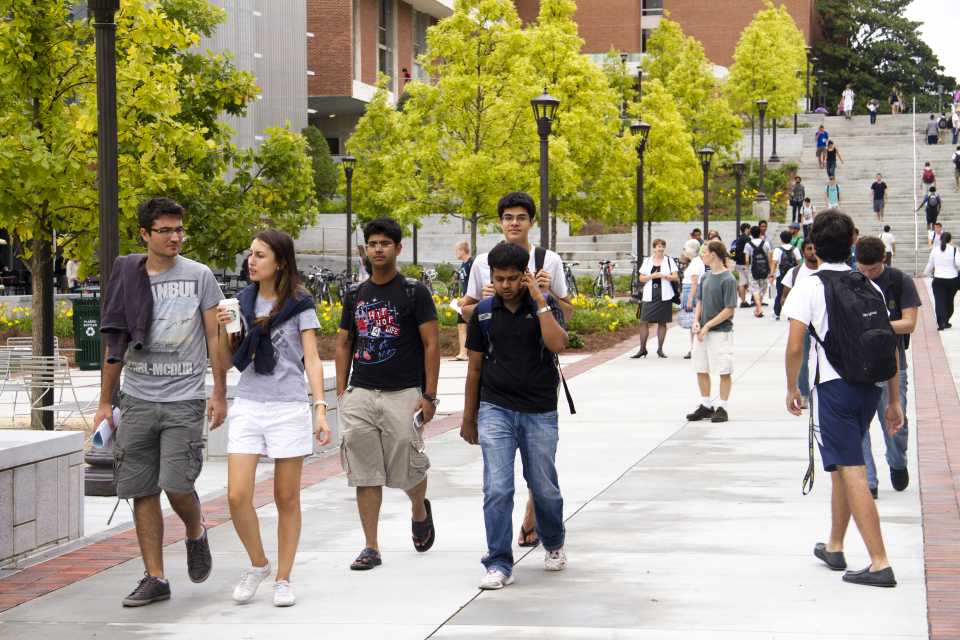Earlier this year, undergraduate SGA sponsored a Student Experience Survey in order to gauge attitudes within the student population in a variety of areas.
Overarching metrics examined within the study included the quality of student experience, Tech’s friendly and welcoming atmosphere, the ease of offering one’s own opinions and feedback about issues that affect students, and the likelihood of recommending Tech to a qualified prospect as a place to attend college.
According to the results, 82 percent of Tech students have experienced a high degree of stress in at least one area, with the most common being academics. While about 72 percent of students report being aware of stress relief resources at the counseling center, only 13 percent of students utilized them. Among students who desired support regarding stress, roughly one-third decided not to contact or use any resources.
Percentage changes from results of the 2009 survey were calculated as well. Certain areas were measured to be “high impact attributes,” which meant that they had a high degree of correlation with the overall perception of Tech by the student. Such areas included campus aesthetics, openness of student organizations, internship programs and quality of teaching.
Quality of teaching, an area with the fourth-highest derived importance, dropped in rating from 2009 by 4 percent. Yet Dillon Roseen, SGA’s undergraduate President, argued that the increased competitiveness of incoming Tech students may account for the change.
“The expectations of incoming students [of the teaching] are going to be drastically heightened,” said Roseen. “We do still need to keep pace with those increased expectations if that is the cause.”
Campus safety was rated 17 percent lower by students than in 2009. However, according to Matt Nagle, Tech’s Director of Media Relations & Issues Management, Tech’s expanded “safety borders” result in a greater degree of awareness in the community of crime than would have been present during the previous iteration.
“We wanted to make sure every student had an opportunity to share their feedback if they so chose,” said Kathi Wallace, Tech’s Director of Market Research. “About 3,500 responses were received, and of those, 1,957 were complete. The results are based on those 1,957, and that sample size results in a margin of error of plus or minus 1.9 percent.”
The survey is the next iteration of a 2009 study, which was originally planned to be part of a long-term effort to track student opinion. Information gained in the initial survey was primarily qualitative, and the results were shared with institutional and student leadership as well as a number of campus organizations.
With the 2015 incarnation of the study, SGA plans to distribute information gathered much more widely. Future goals involve implementing a similar survey every four years.
